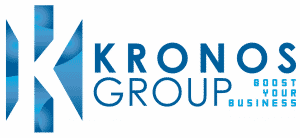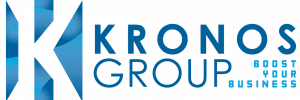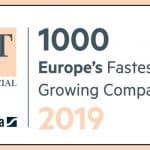How organisations can create value by investing in end-to-end procurement outsourcing

Summary
End-to-end procurement outsourcing is a growing industry with many businesses opting to hand over certain functions or entire departments to external parties who have the expertise to carry out those tasks.
Over the years, this has proven to be a great way for procurement outsourcing companies to add value to organisations by classifying core and non-core spend where spending is objectively analysed to determine how spending is affecting the bottom line.
To try driving the desired behaviour with performance metrics, businesses need to identify the proper metrics that can add value to their businesses and how they can be implemented.
Procurement outsourcing can also help with ascertaining domain expertise, global sourcing, and technology-related assistance that businesses may not have internally.
Over the last two decades, business process outsourcing (BPO) has taken on renewed importance and has helped organisations transform their business frameworks and how they operate.
The practice of partnering with external parties who have expertise in a particular field/s has become popular. Companies have handed over a single process or entire operations or departments to third parties.
To keep up with this growing demand, companies in the BPO industry have a firm footing in strategic areas of business such as research and development and manufacturing.
Procurement too has become a highly sought-after process to be outsourced, and outsourcing certain aspects of the function, such as managing invoices or order processing, has become commonplace. Outsourcing elements of strategic procurement like contract negotiation or supplier selection, however, have only become popular over the past decade.
For many businesses in diverse industries, end-to-end procurement outsourcing has become a success and has created value in several ways.
Classify core and non-core spend
The most common way to segregate procurement spend is to separate them as direct spend and indirect spend. Procurement outsourcing generally applies to indirect spend since direct spend is strategic and needs to be managed internally.
As the procurement outsourcing industry grows and matures and the need to drive bottom-line impact in a challenging economic state such as inflation increases, outsourcing procurement may infringe on traditional direct spend areas.
Procurement outsourcing now targets spend areas via procure-to-pay (P2P) outsourcing and categories like bundled services, tail-spend management, and packaging.
Since the classification of direct vs. indirect spend makes more sense in a manufacturing set-up it may not be relevant to service-oriented sectors, such as hospitality, telecom, and financial services. As a result, it makes much more sense to classify spend as core vs. non-core over direct vs. indirect.
This classification gives organisations an in-depth understanding of their spending patterns and how they potentially add value or decrease value. With procurement outsourcing specialists being objective parties, they are in a much better position to identify the areas that are creating the most value and those that are not.
Drive the desired behaviour with performance metrics
Today, there is a broader awareness of performance metrics and service level agreements (SLAs) in end-to-end procurement outsourcing, but gaps still exist in selecting the right metrics based on the processes that are being monitored. In an ideal situation, the buyer should select outcome-based SLAs such as unit price reduction, vendor rationalisation, and working capital improvement.
This is why the need to take a balanced scorecard approach to focus on key outcomes or parameters is vital. There are many metrics out there that typically promote non-productivity that may not create value for the buyer.
For instance, let us look at the metrics which focus on cost savings. These metrics may disincentivise service providers from assisting in areas where prices are rising. Service providers have the opportunity to help their clients avoid price hikes, but if the metrics are focused only on unit cost reduction, these efforts may not be fully rewarded.
Buyers and service providers must have a clear idea about the factors that lead to savings to ensure that there is no confusion.
Ascertain domain expertise, global sourcing, and technology
Having the right domain expertise is a key value driver in procurement outsourcing. Buyers should always select service providers depending on their domain expertise based on the categories and processes employed by the buyer. There are some areas, however, that are frequently overlooked when it comes to successful procurement outsourcing—global sourcing and technology.
The level of global sourcing in procurement outsourcing is limited compared to other outsourcing segments, but there is a lot of value that can be derived from leveraging a strong global sourcing model.
There are several components to the source-to-contract (S2C) function such as request-for-proposal (RFP) analysis, spend analysis, and demand management analytics that are driven from offshore locations with a low cost.
Businesses have a habit of under-investing in procurement technology especially when it comes to non-core spending. Creating value requires strong technical support that can be provided with the right procurement expertise.
Businesses can utilise the expertise of their procurement outsourcing partners to properly utilise the tools and technology platforms offered by service providers and achieve value without making a significant capital investment.
Create value with end-to-end procurement outsourcing
Outsourcing strategic procurement functions can allow organisations to access expertise and capabilities that are lacking in their in-house setup.
To gain the maximum benefits that outsourcing firms have to offer, however, there must be a clear understanding of how your business can benefit from the services offered.
Supply chains are also in dire need of the right guidance considering that many are still trying to recover from the aftermath of a global pandemic while navigating the current inflationary markets.
The right procurement consulting partner can help you create value with the right approach and develop a clear strategy that focuses on short and long-term growth along with any contingency plans for potential crisis scenarios.




